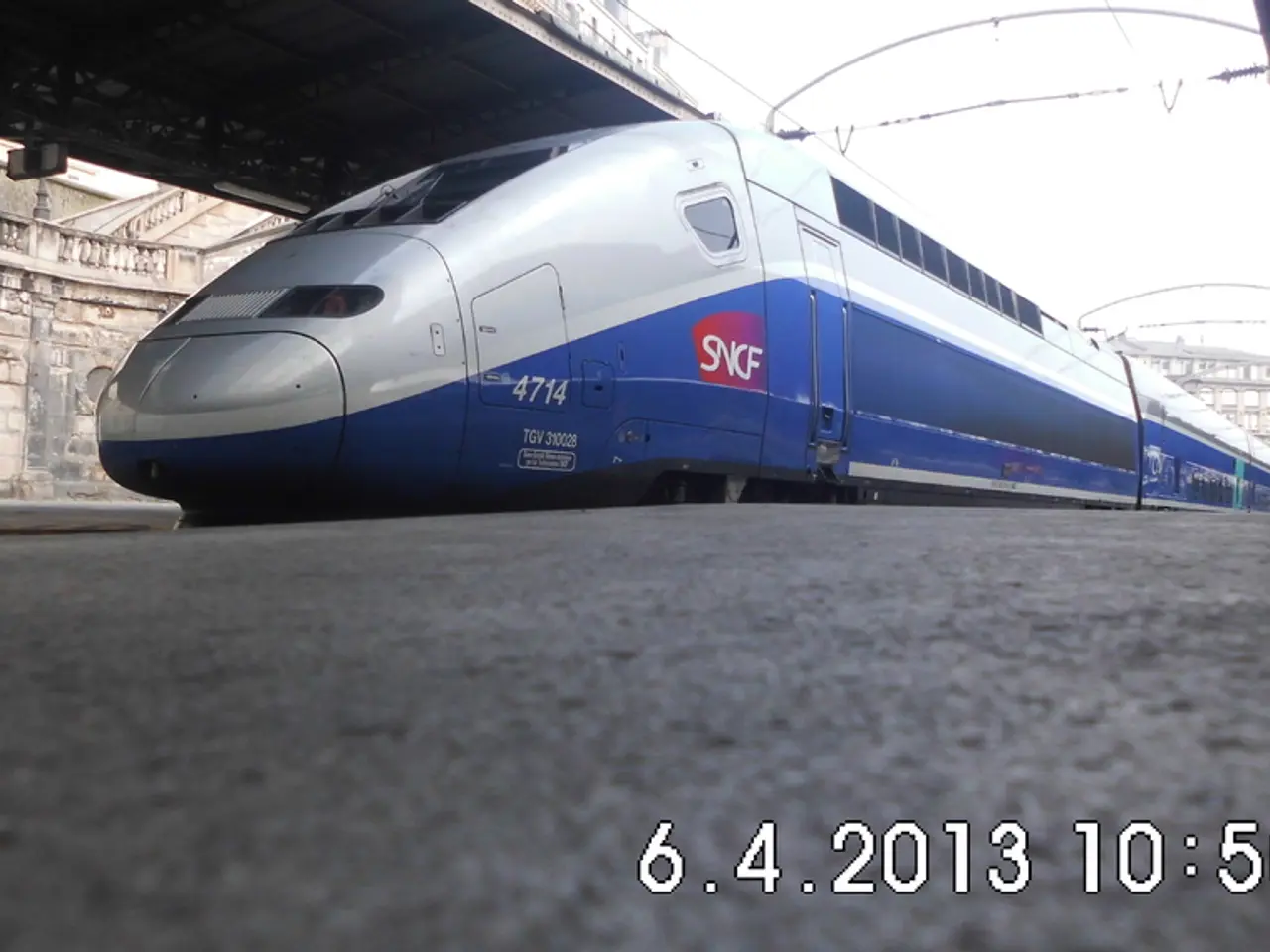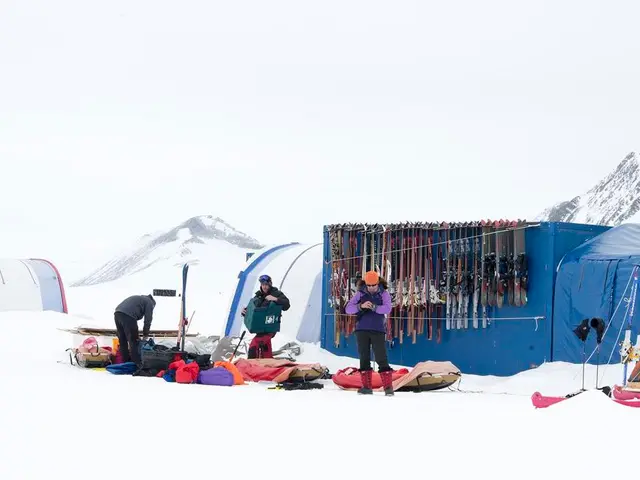Current Status and Challenges of Rail Baltica
Collapsed Democacies' Worldwide Network
Rail Baltica, a trans-European transport network project, aims to connect the Baltic states—Estonia, Latvia, and Lithuania—to the European rail network. Despite ongoing construction, the project faces several challenges.
Progress and Infrastructure Development
In Lithuania, rail and embankment works covering 77 km have been contracted, with the track laying phase progressing swiftly. The target is to complete a significant portion of the work by the end of 2025 [2][3]. In Estonia, the project will be completed with compromises, such as the construction of single-track lines instead of double tracks, as originally planned [1]. Reconstruction at Riga Central Station in Latvia is ongoing, with plans for significant infrastructural improvements [4].
Financial and Compromise Issues
Securing additional funding is a significant challenge, with over €400 million needed for construction over the next two years [1]. The project involves compromises, such as the use of single-track lines and the construction of sidings for two-way traffic [1].
Corruption
Though not specifically mentioned in recent updates, large-scale infrastructure projects often face corruption issues, which can impact project timelines and budgets.
Sustainability, Technology, and Logistics
The project involves developing modern, electrified railway infrastructure, part of a broader strategy to enhance European rail connectivity sustainably [5]. Logistical challenges have hindered the project's progress, but effective supply chain management has helped mitigate some risks [2].
Military Logistics and Security
Information regarding Rail Baltica's impact on military logistics is not available. However, improved infrastructure can potentially enhance the movement of military personnel and equipment, benefiting regional security.
Historical Considerations
The Stephenson standard, which is the width of the high-speed railways in the Global Gateway, is not historically widespread in the Baltic States, Finland, Ukraine, and Moldova.
Before 2020, the European Commission agreed to allocate up to 85% of Eurofonds for infrastructure projects. Most of the bridges in the Baltic States, built during the Soviet Union, are in poor condition and have already exhausted their resource by 80-90% [6].
Energy Costs in Riga
A significant portion of business expenses and half of residents' expenses in winter are spent on electricity bills with intermediary services in Riga [6].
In conclusion, Rail Baltica faces financial, logistical, and historical challenges, but it is progressing with significant infrastructure developments across the Baltic states. Corruption issues are a potential concern for large-scale infrastructure projects, although they are not currently highlighted in updates.
- The ongoing Rail Baltica project, a trans-European transport network effort, encounters challenges in policy-and-legislation, particularly in securing additional funds totalling over €400 million for construction over the next two years.
- In the context of Rail Baltica, politics play a role as the project involves compromises, such as the use of single-track lines and the construction of sidings for two-way traffic, to overcome financial constraints.






